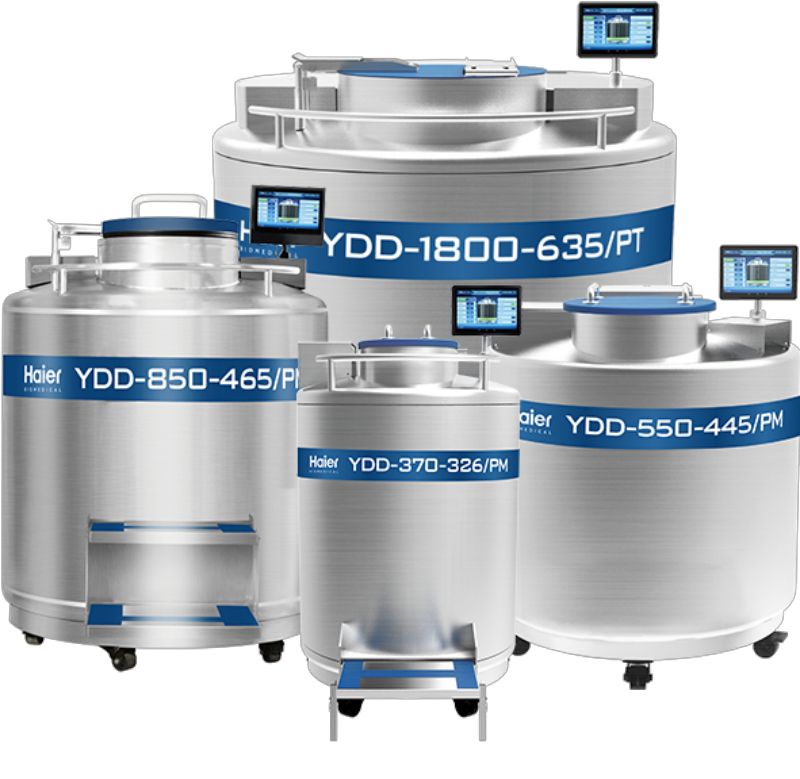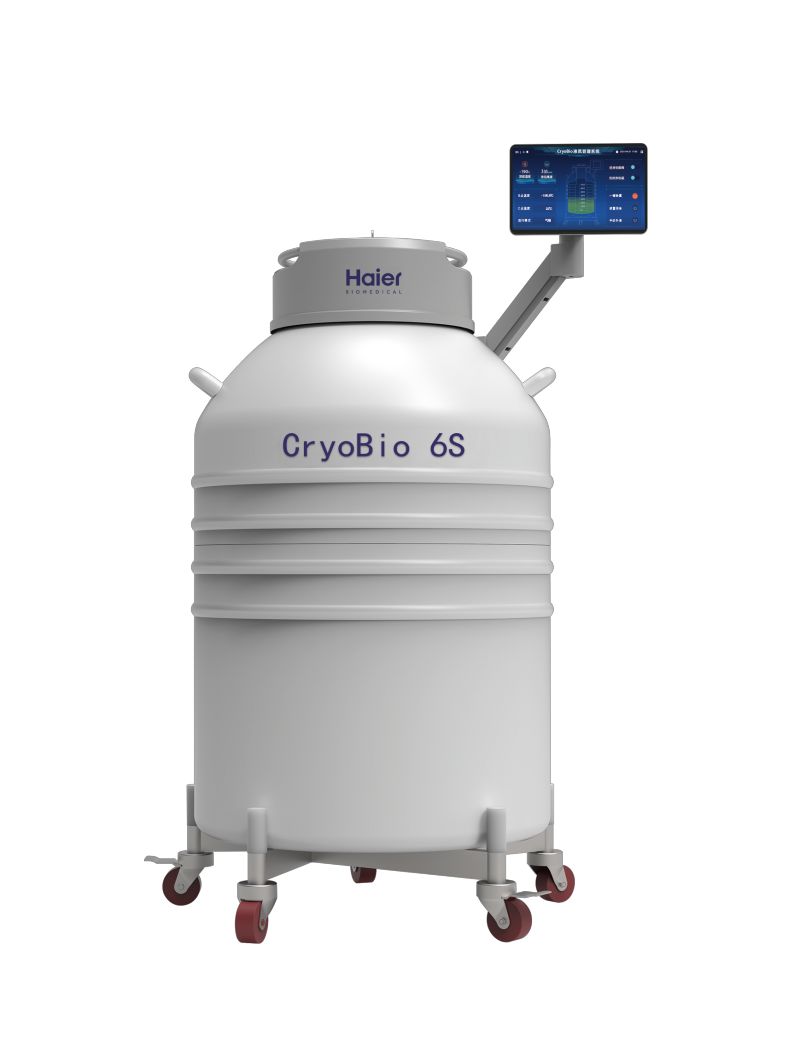Liquid nitrogen tanks are essential storage devices utilized across various industries, including research, healthcare, and food processing. They are crucial for storing liquid nitrogen and find widespread applications in low-temperature experiments, sample preservation, medical treatments, and food freezing. However, to ensure the safety and reliability of liquid nitrogen tanks, regular maintenance is imperative.
Routine Inspection of Exterior
Regularly inspect the exterior of the liquid nitrogen tank, including the surface of the tank body and connection parts, for signs of corrosion, cracks, or other damages. Promptly repair or replace any damaged components to prevent potential leaks and safety hazards.
Check Liquid Level Indicator and Pressure Gauge
Liquid nitrogen tanks are typically equipped with liquid level indicators and pressure gauges to monitor the storage status and internal pressure of the tank. Periodically check the accuracy and proper functioning of these indicators to ensure accurate and reliable readings, facilitating the timely detection of issues for corrective measures.
Clean Tank Body and Attachments
Regularly cleaning the tank body and attachments is crucial. Accumulated dirt and impurities on the tank body surface may affect its insulation performance, while blockages or corrosion in attachments such as valves and fittings can impact the tank's effectiveness. Therefore, regular cleaning and maintenance of liquid nitrogen tanks can prolong their lifespan and ensure optimal performance.
Adhere to Safety Operating Procedures
When using liquid nitrogen tanks, it's essential to adhere to safety operating procedures, including wearing appropriate personal protective equipment, avoiding prolonged exposure to nitrogen vapors, and preventing external impacts on the tank. Additionally, regular safety inspections and pressure testing should be conducted to ensure compliance with relevant standards and regulations.
Maintain Regular Maintenance and Recordkeeping
Establishing regular maintenance schedules and keeping detailed maintenance records are crucial. Maintain records of maintenance history, including repair dates, maintenance activities, parts replacements, etc. This practice facilitates the timely detection and resolution of issues and serves as a reference for future maintenance tasks.
In conclusion, proper maintenance of liquid nitrogen tanks is paramount to ensuring their safe and reliable operation. Through routine inspections, cleaning, maintenance, and recordkeeping, the lifespan of liquid nitrogen tanks can be extended, their operational efficiency enhanced, and the safety of related operations ensured.
Post time: Mar-11-2024













